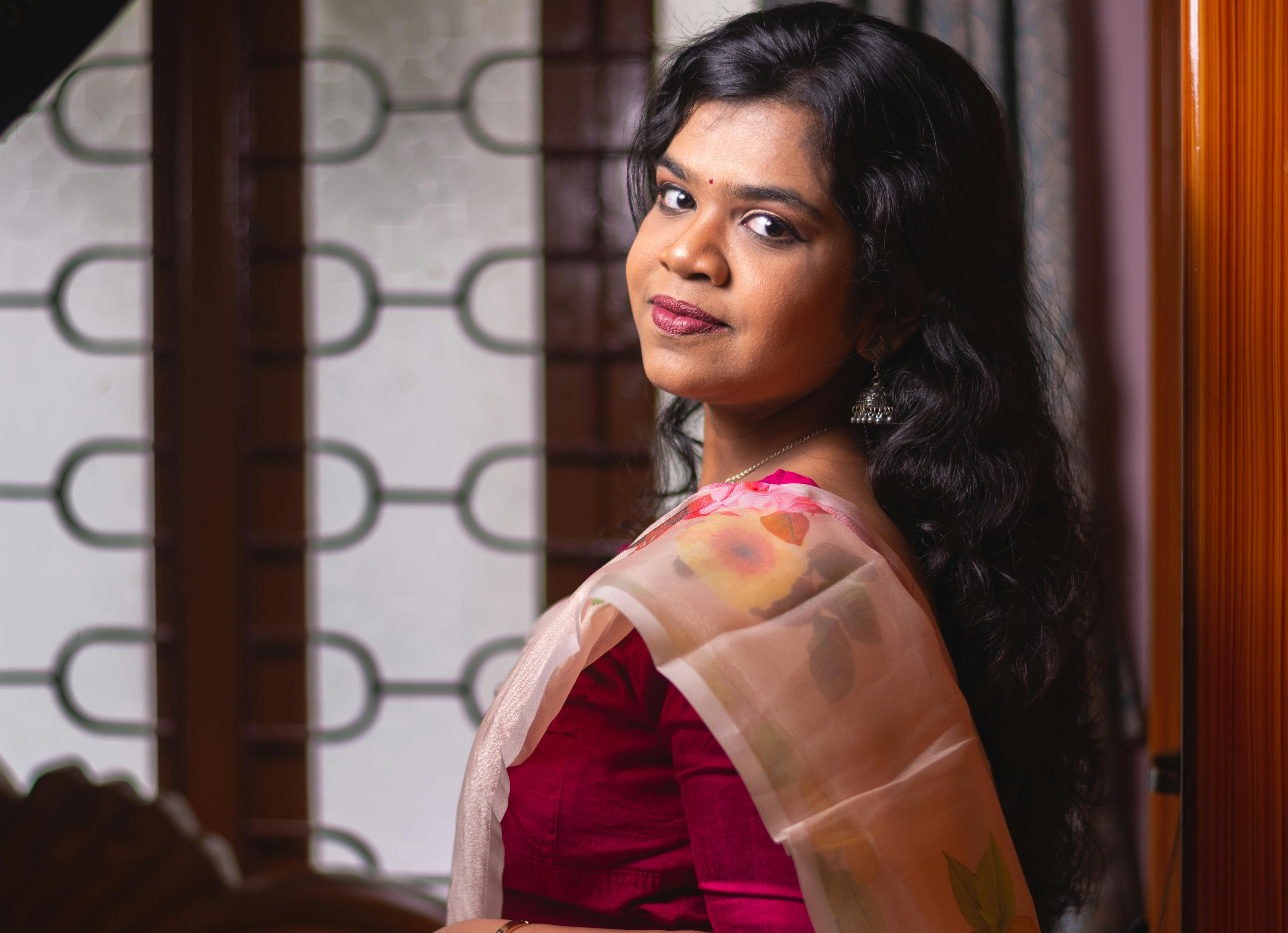In today’s globalized society, worldwide relationship is becoming more and more frequent. Newlyweds from various nations meet in person to marry, and they find each different on-line and on social networking sites. The most crucial factor in an global marriage is the desire mail order brides colombian for love and companion, despite the fact that there are many other factors. Numerous people battle with the difficulties that come with their relationships and marriages. Nonetheless, some couples succeed in overcoming these challenges and lead happy lives together. The interactions of global unions and how do they change committed spouses’ well-being are explored in this article.

Using a subjective technique, this review explores the experiences of international individuals in China who have effectively married Chinese associates while pursuing their studies in China. Observations reveal that these couples embrace mutual understanding and make personal choices in order to maintain their distinctions and achieve success in their cross-cultural marriage. Their strong ties to one another and their willingness to accept each other’s social preconceived notions and personal traits enable them to accept their differences and overcome prejudices based on their ethnic, social, religious, and national backgrounds.
In a number of ways, this article enhances the literature on international marriage ( Imm). It emphasizes how intricately movement and society relationship in Imm. Particularly, it addresses electricity dynamics in Imm, which are often influenced by the migratory girlfriend’s social place in her apartment state and the father’s societal ranking in their fresh residences. Additionally, it is discussed how some migrants are better at managing and resolving disputes between their different ethnical standards than others, and how trivial issues like eating habits or how holidays you cause fight within the Imm perspective.
The participants’ testimonies further demonstrate how they are able to effectively adjust and integrate into their new societies by strengthening their relations to various social networks in both locations. For example, participant Is-5 grew attached to three distinct social groups in China —her family, her Korean friends, and the international students ‘ group —and felt integrated into their communities. She believed that her varied social associations in China facilitated her ethnic version and well-being in the country.
Additionally, the study found that Chinese families’ effectiveness in other cultures helps them adapt more effectively to their spouses’ nations of origin. They are better able to navigate the complicated social environment in their spouses’ houses thanks to this verbal progress, which makes communication more efficient.
In the end, the findings highlight how Imm has assisted migrant wives in creating more diversified and flexible identities in their host cultures. This is especially true for South Asian women who were able to form cluster identities in their new civilizations by getting married to foreigners, which helped them expand their cultural knowledge and develop a more diverse sense of identity. Additionally, this procedure gave them the chance to grow their cultural assist network and advance their unique well-being. The study furthermore draws attention to some of the difficulties that are present in this area and suggests that more considerations be given to this particular form of cross-cultural relationship.






